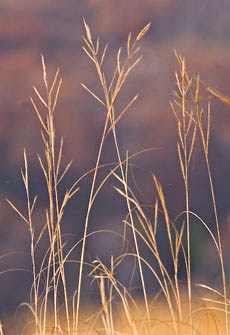
First Steps in Prairie PlanningSo, you’ve decided to plant your own prairie. Before you begin, there are some things to think about. Having an initial plan and familiarizing yourself with restoration techniques will make the experience easier and more successful. In planning your prairie, it is important to keep in mind your goals and how you would like to use the area. Do you want paths winding through, perhaps with some benches for people to sit and enjoy the prairie? If you hope to attract wildlife, incorporating certain features into your site will encourage their presence. For example, providing a shallow pond or shallow birdbaths will encourage birds to visit your site. Planting species that wildlife like to eat, as well as having diverse plants so that some will be blooming at any given time, will encourage the presence of wildlife. Mowing and burning your prairie in sections and at different times of the year will keep your prairie attractive to wildlife as well as promoting diversity. Talking to your NeighborsA very important aspect of planning a prairie is to check local ordinances and to inform your neighbors. Call your county or city clerk and check requirements for plant or lawn height. If you plan to burn your prairie, check with the local fire department about restrictions or any permits you may be required to obtain. Explaining to your neighbors the goals of your prairie planting will allow them to enjoy your prairie as well. Keeping the edges of your prairie neatly mowed or planting some sort of border will let people know that your prairie is a type of landscaping. Or you could post signs to let people know that you have planted a prairie. Invite your neighbors to visit and enjoy your prairie, and encourage them to talk to you and ask questions. Maybe you will motivate someone else to plant a prairie! Budgeting your PrairieWhen beginning your prairie planting, your budget is important. By starting small, you will save time and money, expanding as you are able. As little as 1,000 square feet is adequate to start your own prairie. Planting fewer species over the entire site at first is also a good way to save time-just keep in mind that the more diversity your prairie has the better it will look and it will be easier to maintain. Planting a few of the common and easily grown species is a good way to start your own prairie. If you have the resources available to you, hiring a contractor is a great way to plant a diverse and impressive prairie, but doing it yourself can also produce impressive results.
Restoration Projects
|
Last updated: December 26, 2017
